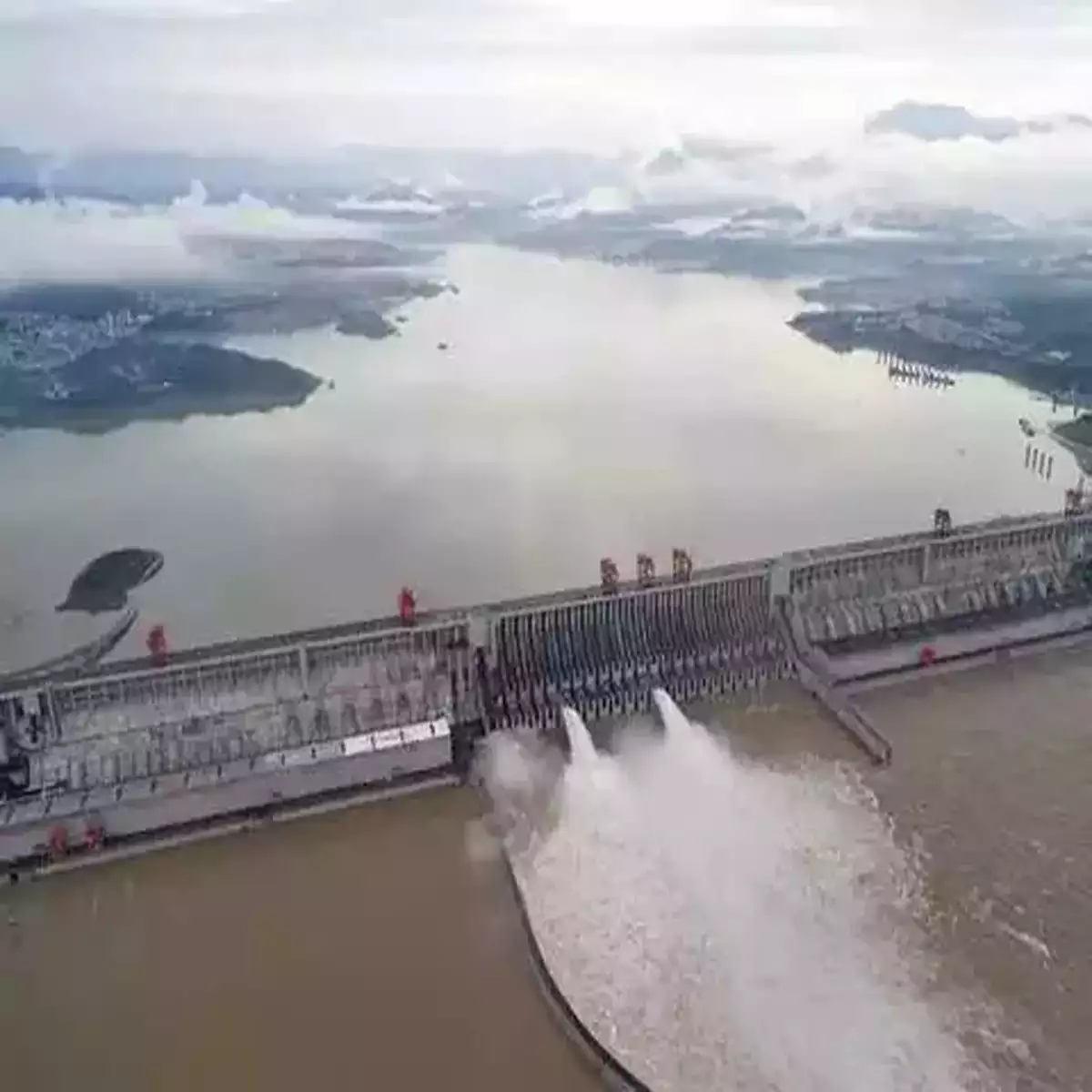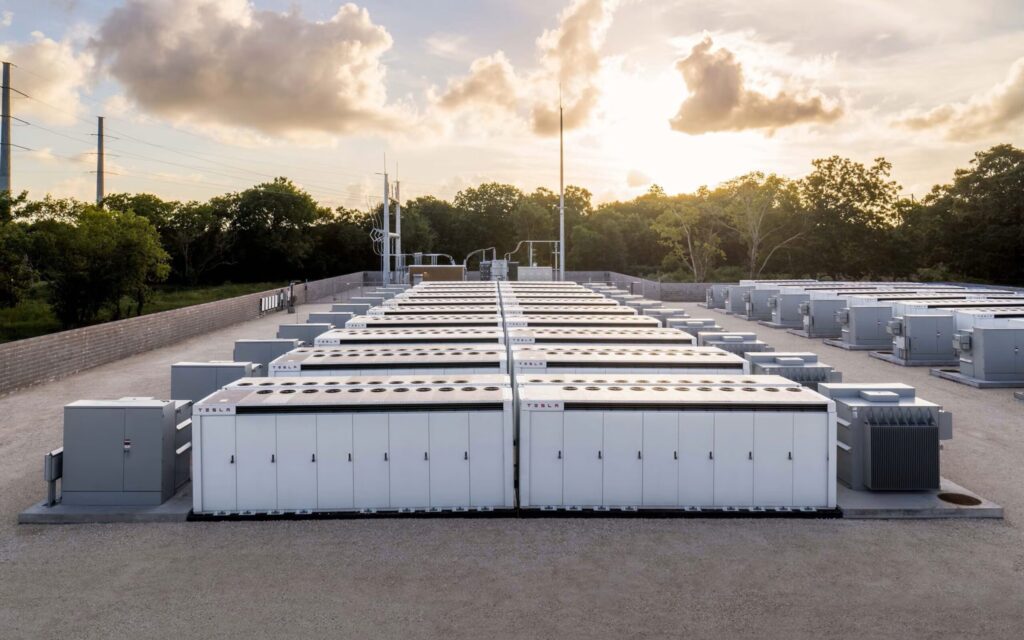China has greenlit the construction of what is set to become the world’s largest hydropower dam on the Yarlung Tsangpo River in Tibet. This ambitious project is expected to generate three times the energy output of the current record-holder, the Three Gorges Dam.
Project Overview
The proposed dam will be situated in the lower reaches of the Yarlung Tsangpo River, a major waterway that flows into India and Bangladesh. Chinese state media touts the development as a “safe project that prioritizes ecological protection,” aiming to boost local prosperity and contribute to Beijing’s climate neutrality goals.
Environmental and Social Concerns
Despite official assurances, human rights groups and environmental experts have expressed significant concerns:
- Displacement of Communities: The construction may lead to the displacement of local Tibetan communities, echoing past projects where large populations were relocated. For instance, the Three Gorges Dam required the resettlement of 1.4 million people.
- Ecological Impact: There are fears of substantial alterations to the natural landscape, potentially damaging local ecosystems that are among the richest and most diverse on the Tibetan Plateau.
- Downstream Effects: The dam’s location on a trans-border river raises concerns in downstream countries like India and Bangladesh regarding water flow control and potential diversion, which could impact agriculture and livelihoods.
Historical Context
China has previously constructed several dams in Tibetan regions, often leading to tensions. Earlier this year, protests erupted against the Gangtuo dam and hydropower plant, resulting in arrests and reported beatings of demonstrators. Activists view these projects as part of Beijing’s broader strategy to exploit Tibetan land and resources.
Geopolitical Implications
The dam’s construction has geopolitical ramifications, particularly concerning water resource management in South Asia. India and Bangladesh rely on the downstream flow of the Yarlung Tsangpo (known as the Brahmaputra in India) for agriculture and drinking water. Control over this river could provide China with significant leverage over its southern neighbors.
Conclusion
While China’s planned hydropower dam in Tibet promises substantial energy benefits and aligns with its climate goals, it also poses serious environmental, social, and geopolitical challenges. The project’s progression will likely be closely monitored by both domestic stakeholders and the international community.





